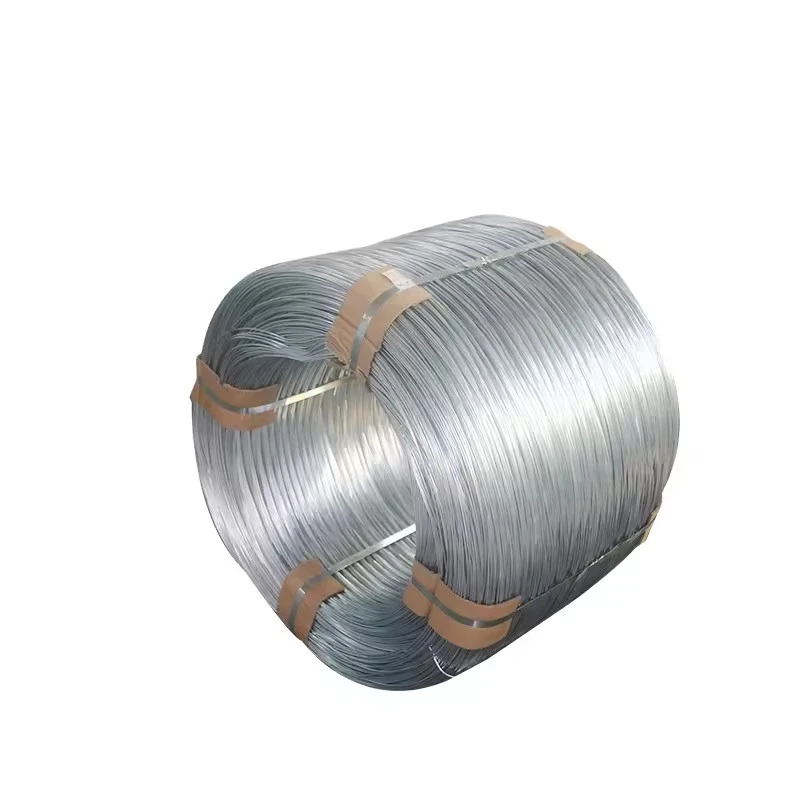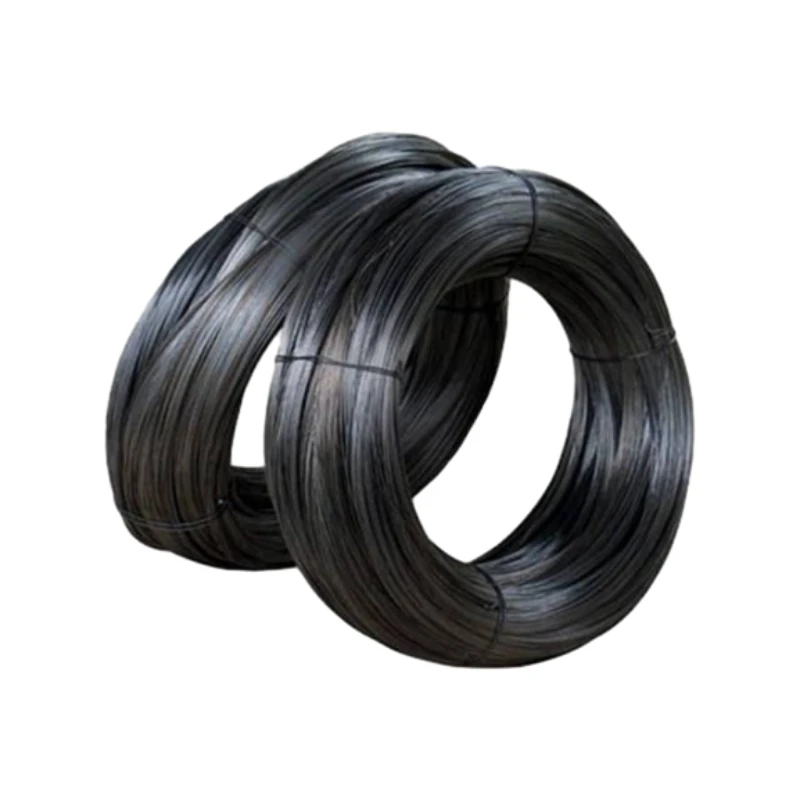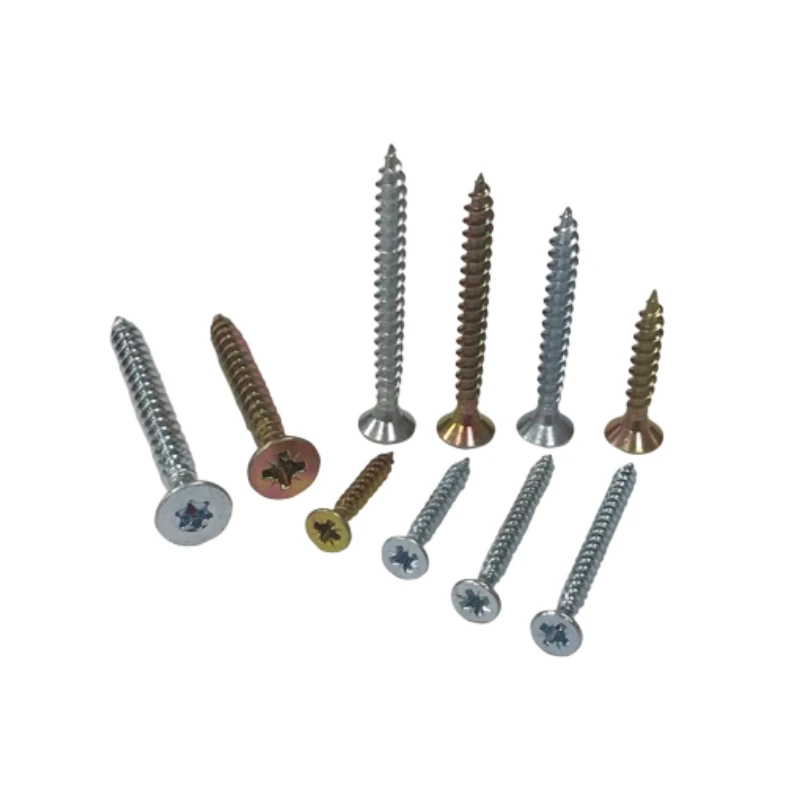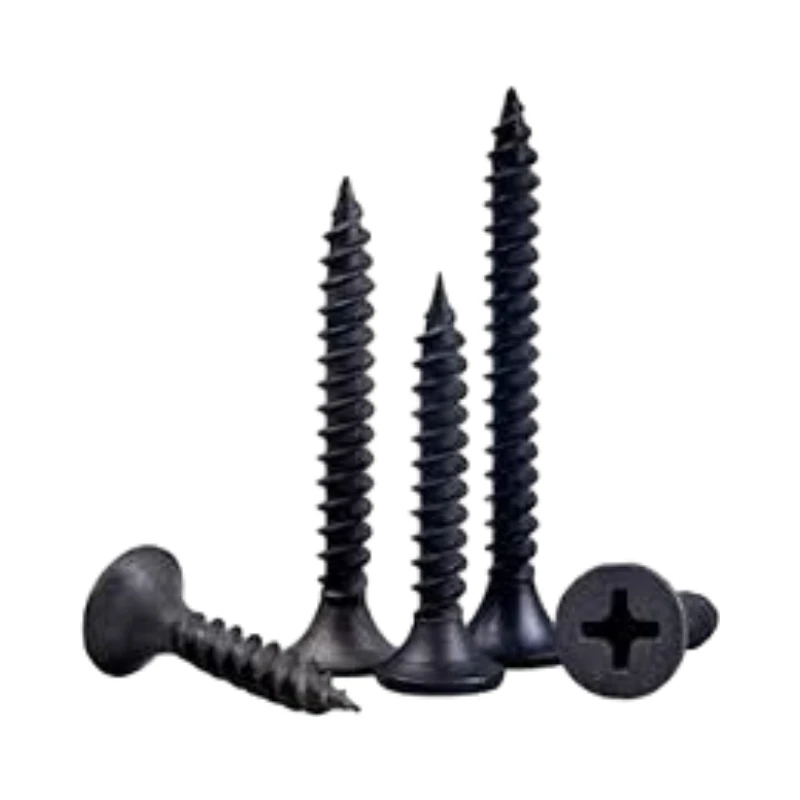
Talk With Us
+86-13601661296
Email Address
admin@sxjbradnail.comM Staples: Durable, Precision-Fit 12mm & 14mm Staples
Understanding M Staples: A Critical Fastening Solution for B2B Applications
In the vast landscape of industrial and construction fastening, the choice of proper securement is paramount. Among the diverse options available, m staples stand out as a specialized, high-performance solution, particularly for heavy-duty applications requiring superior holding power and durability. This article delves into the technical intricacies, application versatility, and strategic advantages of these essential fasteners, catering to the needs of B2B decision-makers and engineering professionals. From their precise manufacturing to their crucial role in demanding environments, understanding m staples is key to optimizing operational efficiency and product longevity.
The Senco M Staples Heavy Duty, 3/8-Inch Crown 18 Gauge Galvanized Chisel Point, for instance, exemplifies the robust design and material science applied to this category, offering reliable performance across various sectors. The focus here extends beyond mere product specifications to encompass industry trends, manufacturing excellence, and real-world impact, ensuring a comprehensive understanding for informed procurement and application.
Industry Trends in Fastening Technology and M Staples Evolution
The industrial fastening sector is continually evolving, driven by demands for increased efficiency, enhanced durability, and improved environmental compliance. Current trends heavily influence the design and application of fasteners like m staples. Key trends include the adoption of advanced corrosion-resistant coatings, such as thicker galvanization and specialized polymer overlays, extending service life in harsh environments. Automation in manufacturing and assembly processes also necessitates higher consistency and precision in staple dimensions, ensuring seamless integration with pneumatic and electric fastening tools. Furthermore, the push for lighter, stronger materials means that while steel remains dominant, research into high-strength alloys and composite materials for specialized staples continues, particularly for niche aerospace or automotive applications.
The rising focus on sustainable practices impacts material sourcing and waste reduction during staple production. Manufacturers are increasingly seeking ISO 14001 certification for environmental management. Moreover, the demand for specialized staples, such as those optimized for specific wood types, composites, or insulation materials, leads to diversification in point geometries—beyond the standard chisel point—and crown widths. For example, specialized fasteners like 14 mm staples and 12 mm staples are seeing increased demand in specific construction and furniture manufacturing segments, highlighting the need for a precise product matrix.
Manufacturing Process and Technical Specifications of M Staples
Process Flow: From Wire Coil to Finished Staple
The production of high-quality m staples is a sophisticated, multi-stage manufacturing process designed to ensure consistent performance, structural integrity, and adherence to rigorous industry standards.
- 1. Wire Material Selection: The foundation is high-tensile steel wire, typically 18 gauge, chosen for its strength and ductility. For enhanced corrosion resistance, galvanized steel is often selected, where a zinc coating is applied to the raw steel wire. This coating can be hot-dip galvanized or electro-galvanized, with the latter offering a smoother, more uniform finish.
- 2. Wire Straightening and Flattening: The wire coil is fed into a machine that straightens it and, for specific staple designs, flattens it slightly to achieve the desired cross-sectional profile for forming the staple leg and crown.
- 3. Forming (CNC Machining/Stamping): Precision CNC-controlled machinery or high-speed stamping presses are used to bend the straightened wire into the characteristic 'M' or 'U' shape. This process precisely forms the crown (e.g., 3/8-inch) and the legs of the staple. The consistency of this bend is crucial for smooth tool feeding and optimal fastening.
- 4. Point Sharpening (Chisel Point): The staple legs are then cut and sharpened. For many heavy-duty applications, a chisel point is preferred. This involves beveling the ends of the staple legs to create a sharp, wedge-like tip, which minimizes wood splitting and ensures efficient penetration into various substrates.
- 5. Collating/Bonding: Individual staples are collated together into strips. This is typically achieved using a heat-activated adhesive or a polymer coating that binds the staples side-by-side. The collation method ensures that the staples feed smoothly into pneumatic staplers without jamming.
- 6. Quality Control and Testing: Throughout the process, and especially at the final stage, rigorous quality control measures are implemented. This includes dimensional checks (crown width, leg length, gauge), material integrity tests, pull-out strength tests, shear strength tests, and corrosion resistance evaluations (e.g., salt spray tests for galvanized finishes). Products must meet international standards such as ISO 9001 for quality management and relevant ANSI standards for fastener performance.
- 7. Packaging: Finished, inspected staple strips are counted, bundled, and packaged according to quantity and delivery requirements.
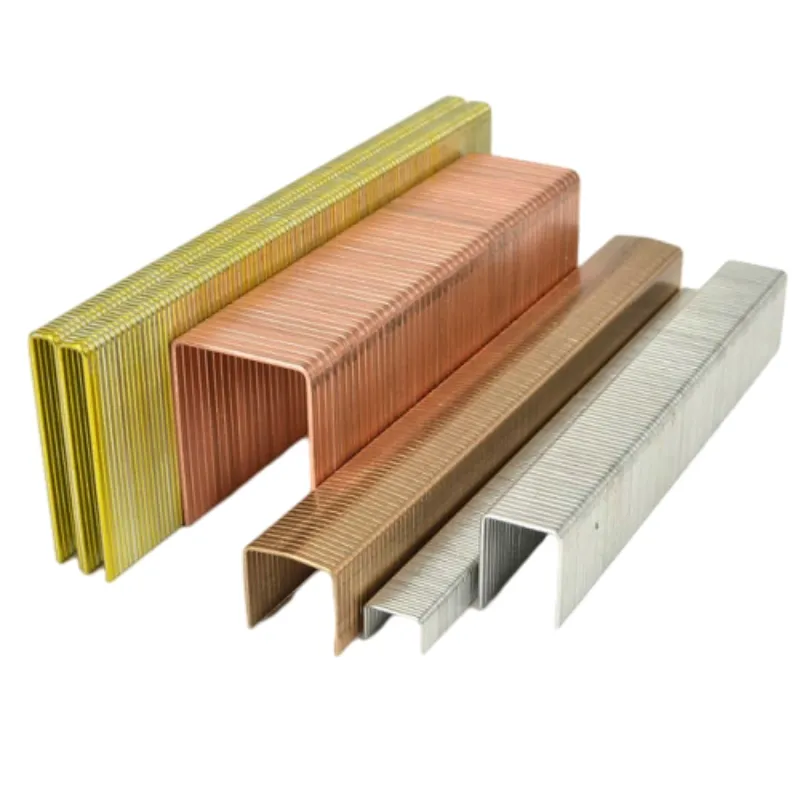
Key Technical Specifications (Example: Senco M Staples)
Understanding the precise specifications of m staples is crucial for ensuring compatibility with fastening tools and suitability for specific applications. The following table details typical parameters for heavy-duty m staples, such as the Senco variant.
The precise mechanical properties and dimensions ensure that m staples deliver consistent fastening performance, crucial for applications where structural integrity and longevity are non-negotiable.
Technical Advantages and Service Life of M Staples
The inherent design and material choices for m staples confer several significant technical advantages, distinguishing them from other fastening methods and ensuring superior long-term performance.
Enhanced Service Life
- Corrosion Resistance: Galvanized m staples are coated with zinc, offering sacrificial protection against rust. This prolongs the staple's integrity in moist, humid, or outdoor environments, such as those encountered in construction or marine applications. High-grade galvanization can extend the service life by decades compared to untreated steel in corrosive conditions.
- Material Durability: Constructed from high-tensile 18-gauge steel, these staples resist bending, buckling, and shearing under load, maintaining their structural form even when subjected to significant stress or vibration. This is critical for applications where material fatigue is a concern.
- Holding Power: The wide 3/8-inch crown spreads the load over a larger surface area, significantly reducing the likelihood of pull-through in softer materials. The chisel point ensures firm initial penetration and creates a secure mechanical lock within the substrate, resisting withdrawal forces more effectively than blunt-point fasteners.
Energy Efficiency and Installation Benefits
- Optimized Penetration: The chisel point design requires less force for full penetration, translating to lower air pressure requirements for pneumatic staplers. This reduces energy consumption and extends the life of fastening tools by minimizing strain on internal components.
- Reduced Material Damage: By cleanly cutting through fibers rather than crushing them, chisel point staples prevent material splitting, especially in wood or composite panels. This reduces rework and material waste, contributing to overall operational savings.
- Increased Productivity: The collated strip format and consistent dimensions of m staples ensure rapid, jam-free firing. This significantly boosts productivity in high-volume manufacturing and construction settings, reducing labor costs per fastener installed.
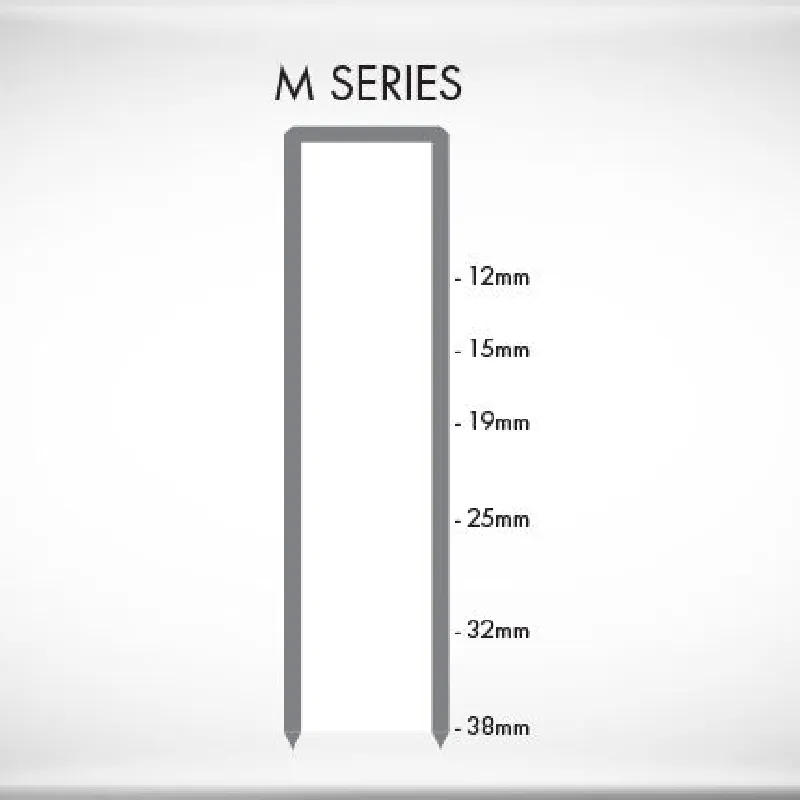
Application Scenarios and Target Industries for M Staples
The versatility and robust nature of m staples make them indispensable across a wide array of industrial and commercial applications. Their specific design, particularly the 3/8-inch crown and 18-gauge galvanized material, suits demanding environments where secure and long-lasting fastening is critical.
Key Target Industries:
- Construction & Carpentry: Widely used for sheathing, subflooring, insulation installation, roofing felt, and general framing where robust, wide-crown fasteners are preferred. Galvanized versions are ideal for outdoor decking, fencing, and siding.
- Furniture Manufacturing: For upholstery, frame assembly, attaching fabrics, webbing, and thin paneling, providing strong hold without material damage. The consistent size of 12 mm staples and 14 mm staples makes them perfect for various furniture components.
- Crate and Pallet Manufacturing: Fastening wooden slats and panels for shipping crates and pallets, where strength and resistance to rough handling are crucial.
- Packaging: Securing heavy-duty corrugated boxes, cardboard, and wooden packaging materials for industrial shipping.
- Petrochemical Industry (Indirectly): While not directly used in fluid containment, these staples are essential for building and maintaining auxiliary structures, insulation cladding, and scaffolding in petrochemical facilities, where corrosion resistance is paramount for any exposed metal.
- Metallurgy (Indirectly): Similar to petrochemical, these staples find use in the construction of temporary structures, securing protective linings, or packaging metal components for transport within metallurgical plants.
- Water Supply & Drainage (Indirectly): Used for securing pipe insulation, creating temporary supports, or constructing access panels and covers in water treatment and distribution infrastructure where moisture resistance is beneficial.
Typical Application Scenarios:
- Roofing Underlayment: Galvanized m staples are frequently used to secure asphalt felt, synthetic underlayments, and other moisture barriers to roof decks, ensuring a weather-tight seal and strong wind resistance.
- Subflooring Installation: Fastening plywood or OSB subfloor panels to joists, providing a squeak-free and robust base for finished flooring. The wide crown prevents fastener pull-through under heavy foot traffic.
- Insulation Board Attachment: Securing rigid insulation boards to walls or ceilings in both residential and commercial construction, leveraging the wide crown to prevent crushing of the insulation material.
- Vapor Barrier and House Wrap: Attaching vapor barriers and weather-resistant barriers to exterior wall sheathing, ensuring the building envelope's integrity and energy efficiency. The corrosion resistance of galvanized m staples is crucial here.
- Cabinet Backing and Drawer Bottoms: In furniture and cabinetry, these staples offer discreet yet strong attachment of back panels and drawer bottoms, providing structural support.
The adaptability of m staples to various materials—from softwoods and hardwoods to plywood, OSB, and even some plastics and composites—underpins their widespread utility in the demanding B2B sector.
Vendor Comparison: Senco vs. Other Leading M Staples Providers
Choosing the right vendor for m staples involves more than just price; it encompasses consistency, material quality, compliance with standards, and after-sales support. While many manufacturers produce staples, key differentiators emerge in heavy-duty applications. Here, we compare Senco M Staples with generic or other prominent brands, focusing on factors critical for B2B procurement.
For B2B entities, the initial price difference for m staples often masks the true total cost of ownership. Investing in high-quality, precision-manufactured staples from reputable vendors like Senco ensures fewer operational disruptions, reduced tool maintenance, superior end-product quality, and ultimately, greater profitability.
Customized Solutions for M Staples
While standard m staples like the Senco 3/8-inch crown, 18-gauge galvanized chisel point are versatile, many industrial applications require tailored fastening solutions. Leading manufacturers offer extensive customization options to meet unique project specifications, material requirements, and environmental challenges. This flexibility ensures optimal performance and extends the application range of m staples.
Key Customization Parameters:
- Leg Length: Beyond standard lengths like 12 mm staples or 14 mm staples, custom lengths (e.g., 8mm to 50mm) can be specified for varying material thicknesses and desired penetration depths, ensuring neither under-penetration nor excessive protrusion.
- Crown Width: While 3/8-inch is standard for M-type, variations are possible to accommodate different material densities or to provide a wider bearing surface for extremely fragile materials, or a narrower crown for less visible fastening.
- Wire Gauge: Although 18 gauge is common, heavier gauges (e.g., 16 gauge) can be produced for applications demanding even greater shear strength and rigidity, or finer gauges for delicate materials where minimal visual impact is desired.
- Material Composition:
- Stainless Steel: For extreme corrosion resistance in marine, food processing, or medical environments, offering superior longevity compared to galvanized.
- Alloy Steel: Specific alloy blends can enhance properties like hardness, ductility, or temperature resistance for specialized industrial uses.
- Coating/Finish:
- Specialized Galvanization: Options for heavy-duty hot-dip galvanization for highly corrosive outdoor exposures.
- Polymer Coatings: Applied for enhanced friction, reduced pull-out force, color-matching, or specific chemical resistance.
- Vinyl Coated: Often used in furniture for better holding power in wood and to prevent rust staining.
- Point Type: While chisel point is standard, other options include:
- Divergent Point: Legs spread upon entry, increasing holding power in softer materials.
- Blunt/Flat Point: For minimal marking or when driving into harder, less prone-to-split materials.
- Collation Method: Custom adhesives or paper collation for specific tool types or environmental storage conditions.
Collaborating with a knowledgeable manufacturer allows B2B clients to develop m staples that perfectly integrate into their existing production lines and meet the stringent requirements of their end-products, resulting in optimized performance and reduced waste.
Application Case Studies: M Staples in Action
Case Study 1: Large-Scale Modular Housing Construction
Client: A prominent modular home builder specializing in rapid-deployment housing solutions.
Challenge: The client needed a fast, reliable, and durable fastening method for securing OSB sheathing to wooden frames and attaching insulation panels. Traditional nailing methods were too slow, and lower-quality staples were causing frequent tool jams, material splitting, and inadequate long-term hold, particularly in areas exposed to varying weather conditions during transport and on-site assembly.
Solution: We recommended Senco M Staples Heavy Duty, 3/8-Inch Crown 18 Gauge Galvanized Chisel Point, specifically in 14 mm staples and 25 mm lengths. The galvanized coating provided essential corrosion resistance, crucial for the modular units' exposure to elements. The precise chisel point ensured clean penetration into OSB without compromising structural integrity or causing unsightly splits, even when fastened near edges. The consistent collation of the Senco staples dramatically reduced tool jams.
Results: The client reported a 30% increase in fastening speed due to reduced jams and efficient penetration. The wide crown provided superior holding power for sheathing and insulation, improving the structural integrity and thermal performance of the homes. Long-term performance reviews after 2 years showed no signs of staple corrosion or pull-through, validating the initial investment. The use of high-quality m staples contributed to faster build times and higher quality modular units.
Case Study 2: High-Volume Upholstered Furniture Production
Client: A leading furniture manufacturer specializing in custom upholstered sofas and chairs.
Challenge: The client required a fastening solution for attaching fabric, webbing, and thin foam layers to hardwood frames that offered strong hold, minimal material damage, and aesthetic discretion. Inconsistent staples from a previous supplier led to visible staple crowns, fabric tearing, and premature detachment of upholstery components, resulting in costly reworks and quality control issues.
Solution: We provided custom-length m staples, specifically 18-gauge, 3/8-inch crown, with 12 mm staples and 16mm vinyl-coated variants. The vinyl coating improved adhesion in wood and reduced the visibility of the staple. The consistent chisel point ensured clean entry into the fabric and wood, minimizing tearing and allowing the staple to sit flush or slightly recessed. Strict quality control during manufacturing ensured uniform dimensions across all batches.
Results: The furniture manufacturer experienced a significant reduction in upholstery defects and reworks. The superior holding power of the vinyl-coated m staples extended the lifespan of their furniture products, enhancing brand reputation. Production efficiency increased by 15% due to reliable stapling and less material wastage, directly impacting the bottom line and demonstrating the tangible benefits of choosing precision fasteners.
Frequently Asked Questions (FAQ) about M Staples
Q1: What does "18 Gauge" mean for m staples?
A: 18 Gauge refers to the thickness or diameter of the wire used to make the staple. In the gauge system, a higher number indicates a thinner wire. 18 Gauge (approximately 1.2 mm) is a common industrial standard, offering a good balance between strength for heavy-duty applications and minimal footprint, suitable for materials like sheathing, subflooring, and upholstery.
Q2: What is the benefit of a "Chisel Point" on m staples?
A: A chisel point is a sharpened, wedge-like tip designed to cleanly cut through material fibers. This reduces material splitting, especially in wood, and ensures the staple penetrates fully and consistently. It also requires less driving force, extending the life of your stapling tools and minimizing rework.
Q3: Are galvanized m staples suitable for outdoor use?
A: Yes, galvanized m staples are treated with a zinc coating that provides excellent corrosion resistance. This makes them highly suitable for outdoor applications, such as securing roofing felt, house wraps, fencing, or decking, where exposure to moisture and weather elements is a concern. For extreme marine or highly corrosive chemical environments, stainless steel staples may be considered as an alternative.
Q4: How important is tool compatibility when choosing m staples?
A: Tool compatibility is paramount. Using staples that are not precisely matched to your stapler's specifications (e.g., gauge, crown width, leg length, collation type) can lead to frequent tool jams, misfires, tool damage, and inconsistent fastening. Always refer to your stapler's manual or the manufacturer's recommendations to ensure optimal performance and safety. Products like Senco m staples are designed for specific tool families to ensure seamless operation.
Q5: Can m staples be customized for specific industrial needs?
A: Absolutely. Many manufacturers, including leading brands, offer customized solutions for m staples. This can include variations in leg length (e.g., custom 12 mm staples or 14 mm staples, or other precise lengths), material (stainless steel, specialized alloys), coatings (vinyl, specialized polymers), and even point types. Contacting the manufacturer directly with your specific requirements is the best approach for custom orders, often facilitated through m staples com or similar direct B2B portals.
Lead Time, Warranty, and Customer Support
Lead Time & Fulfillment
Standard m staples, such as the Senco M Staples Heavy Duty, are typically stocked in volume by authorized distributors and can be fulfilled with lead times ranging from 3-7 business days, depending on order size and delivery location. For large-volume or custom orders (e.g., specialized 12 mm staples or unique coatings), lead times may extend to 4-8 weeks to accommodate manufacturing and specific quality control checks. We recommend contacting our sales team or visiting m staples com for precise lead time estimates based on your order specifications.
Warranty Commitments
Our m staples are manufactured to the highest quality standards, backed by robust warranty provisions. We guarantee our fasteners to be free from defects in material and workmanship. This warranty typically covers manufacturing flaws that affect the staple's performance or integrity under normal use conditions, for a period of up to 1 year from the date of purchase. Specific warranty details, including limitations and claim procedures, are available upon request and provided with each major B2B order. Our commitment to quality ensures reliability and peace of mind.
Customer Support Information
Our dedicated B2B customer support team is available to assist with all inquiries, from technical specifications and product selection to order tracking and after-sales service. We offer comprehensive support to ensure our clients derive maximum value from our m staples. Our support channels include:
- Technical Assistance: Expert advice on staple compatibility, application best practices, and troubleshooting.
- Order Management: Real-time updates on order status, shipping, and delivery schedules.
- Product Resources: Access to detailed data sheets, safety information, and installation guides.
- Contact: Reach us via our dedicated B2B hotline, email, or through the contact form on our official website, m staples com.
We pride ourselves on responsive and knowledgeable support, recognizing that seamless operation is critical to your business success.
Conclusion
The selection of high-quality m staples is a strategic decision that directly impacts the integrity, efficiency, and longevity of industrial and construction projects. From the meticulous manufacturing processes ensuring precision and durability to their critical role in diverse applications, these fasteners are far more than simple connectors. By prioritizing products like Senco M Staples with their proven specifications—3/8-inch crown, 18-gauge, galvanized chisel point—businesses can minimize downtime, enhance product quality, and achieve optimal performance in the most demanding environments. Understanding the technical advantages, customization possibilities, and the importance of authoritative sourcing ensures that B2B professionals make informed choices that yield significant long-term benefits.
References
- 1. ASTM International Standards on Fasteners: F2329/F2329M – 20, Standard Specification for Zinc Coating, Hot-Dip, Galvanized, onto Iron and Steel Fasteners.
- 2. ISO 9001:2015 - Quality management systems - Requirements.
- 3. Forest Products Laboratory. (2010). Wood Handbook—Wood as an Engineering Material (Centennial Edition). General Technical Report FPL–GTR–190. Madison, WI: U.S. Department of Agriculture, Forest Service, Forest Products Laboratory.
- 4. AISI (American Iron and Steel Institute) Standards for Steel Products.
- 5. National Association of Home Builders (NAHB) Research Center. (2017). Fastener Technical Guide.
-
2 Inch Brad Nails - Precision Fastening for Woodworking & ConstructionNewsNov.24,2025
-
Affordable Quality: Understanding Cheap Brad Nails and Their Global ImpactNewsNov.24,2025
-
Type F Brad Nails: Precision Fasteners for Quality Craftsmanship & IndustryNewsNov.23,2025
-
High-Quality Type 47 Brad Nails for Precision & Durability | SXJ IndustrialNewsNov.23,2025
-
T47 Nail: The Ultimate Guide to Industrial and Construction ApplicationsNewsNov.22,2025
-
Everything You Need to Know About T Head Brad Nails | Global Fastening SolutionsNewsNov.22,2025

